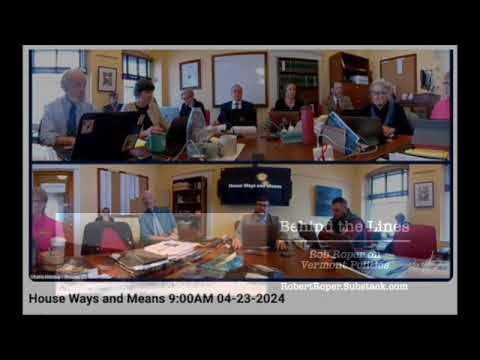More Independent Schools and More Choice Are the Property Tax Solution
So, leftist legislators are, of course, trying to shut them down.
Vermont taxpayers are desperate for relief, especially in regard to funding public education. The only way to provide that relief is to return spending levels on Pre-K to 12th to something resembling normal pre-Covid levels. The obstacle to this necessity is the politically powerful VTNEA, Superintendents’ Association, Principals’ Association, etc. (aka…
Keep reading with a 7-day free trial
Subscribe to Behind the Lines: Rob Roper on Vermont Politics to keep reading this post and get 7 days of free access to the full post archives.



